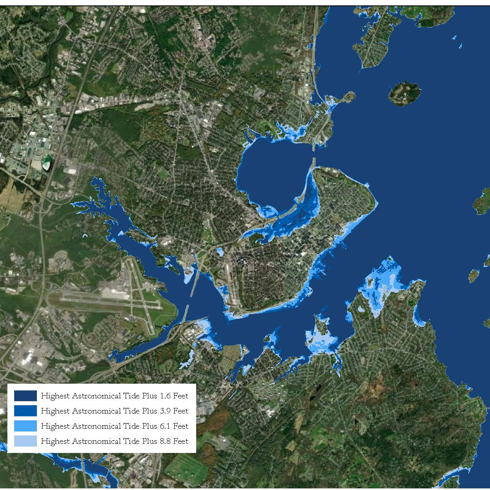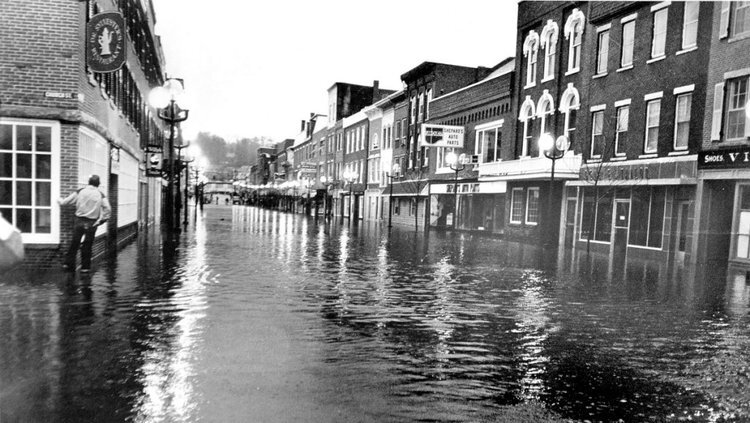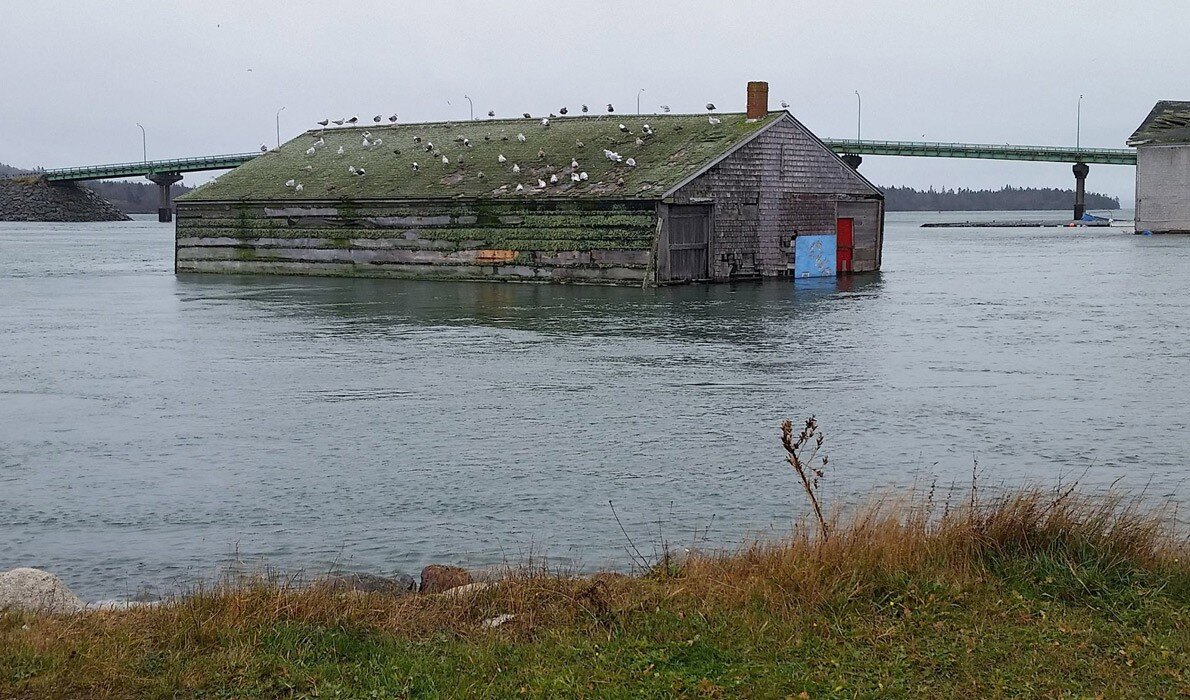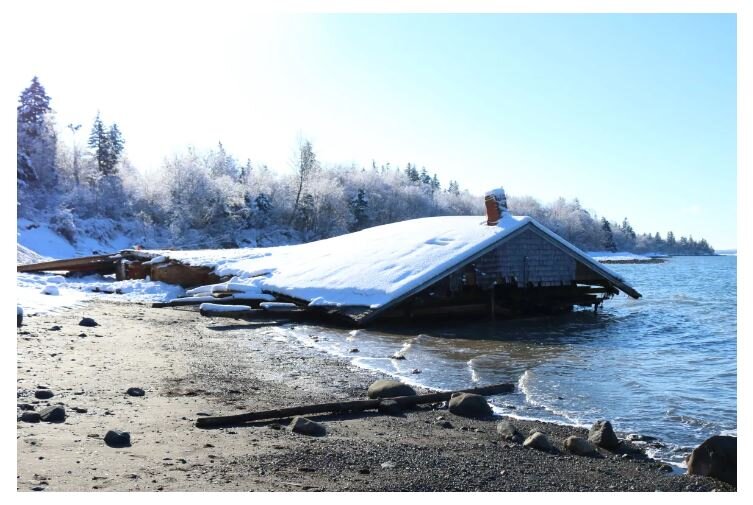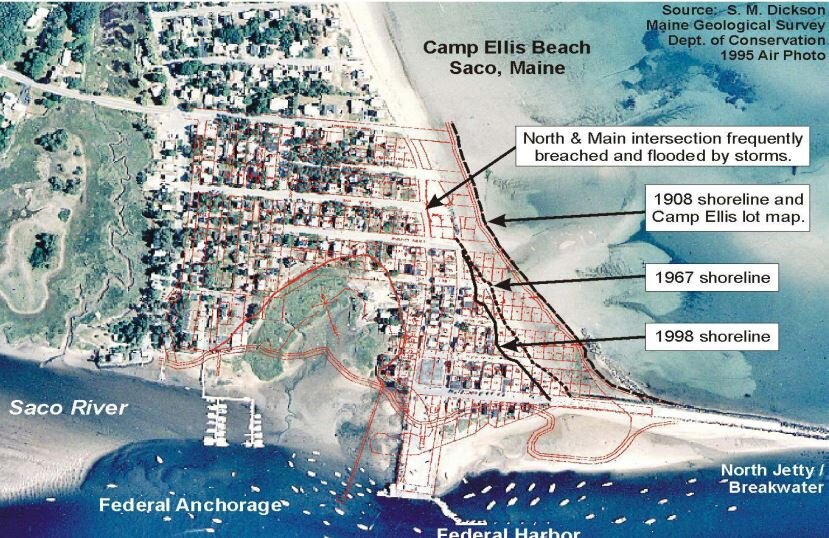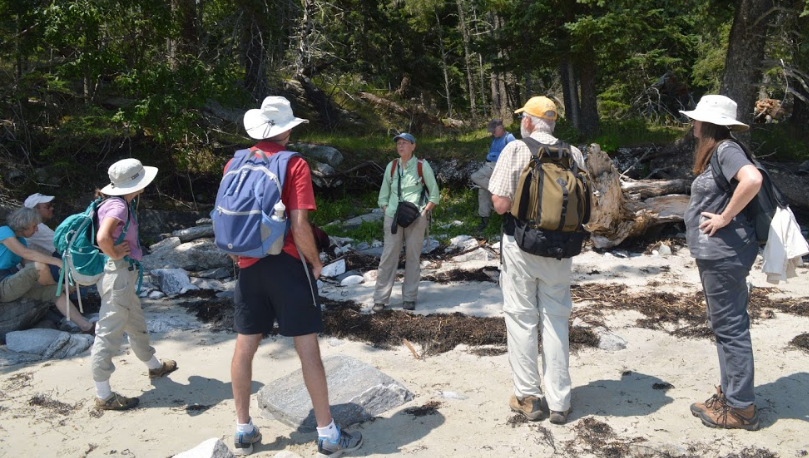December 14, 2022
Historic barn in Gorham, now boasting solar panels
High tide flooding on Commercial Street, photo by Corey Templeton
As an organization that’s been around for nearly 60 years, we are involved in a lot of different things, and we want to make sure you know the full scope of what we do.
The most eco-friendly building is the one already built. New construction takes an immense environmental toll, from demolition and landfill of existing buildings to the short lifespan of new materials and the energy that goes into their manufacture. The National Trust for Historic Preservation has put together this great page of facts about the environmental impact of new construction vs. preservation.
What does this mean for our work?
New buildings generate emissions during the construction process. Even the most energy efficient new structures can take as much as 80 years to offset those initial emissions. We encourage adaptive use of structures and ongoing maintenance of existing spaces. Our work to expand historic tax credit programs means that the financial burden is eased for property owners undertaking preservation projects. When a building can't be saved, and we recognize that they can't all last forever, we advocate for its careful deconstruction so that its materials may be repurposed into new construction or to add period-appropriate elements and materials to rehabilitation projects.
Older properties are often described as inefficient, but they don't need to be! There are so many ways to wake an old home energy efficient through weatherization, much of which can be done simply and affordably as DIY projects. When the need is greater, we are happy to point you in the right direction to trades people and providers who can help with anything from insulation and custom storm windows to the installation of solar panels. We have a whole page of resources on our website and are always happy to answer questions you may have.
Staying Above Water, a Property Owner's Guide, free, downloadable reference
Sea Level Rise scenarios by P. A. Slovinsky, S, Rickerich, and C. H. Halsted of the Maine Geological Survey, as appears in Staying Above Water




